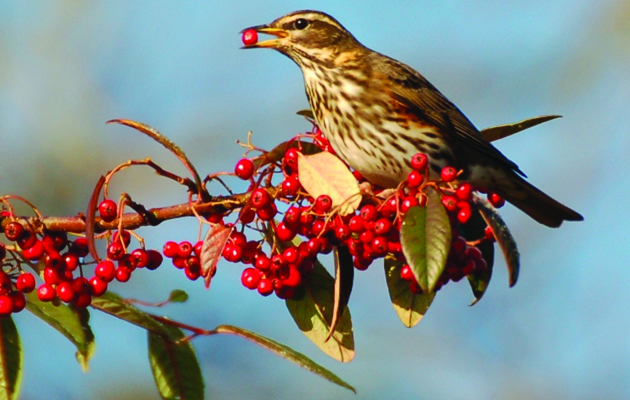The GWCT organised the Big Farmland Bird Count for the second year running. The results are in...
The Big Farmland Bird Count sees farmers record the number of birds they see on their farmland during half an hour each year. The results of the Big Farmland Bird Count are a good indicator as to species health and proliferation. While it may seem apparent to us that shooting and conservation are essential companions, to some the concept is jarring. But if you want to know how to save British wildlife it is with love, not sentiment, as the GWCT discusses here. Big Farmland Bird Count continues below…
How to save British wildlife – with love, not sentiment
How to save British wildlife. It is one of the biggest challenges facing those who live and work in the…
BIG FARMLAND BIRD COUNT
Nearly a thousand farmers and keepers took part in this year’s Big Farmland Bird Count, recording 11 more species than last year. Run for the second year by the GWCT, the Big Farmland Bird Count took place from 7 to 15 February, with participants spending half-an-hour recording the birds seen on their farmland.
“Double the number of people turned out this winter and between them they recorded over 127 different species on their farms and estates,” said the GWCT’s Jim Egan. Nearly 50% of farmers taking part in the survey said they had a shoot on their land with 57% releasing birds. Half of the participants had an overwinter supplementary feeding programme.
The most common birds seen were blackbird, spotted by nearly 90% of participants, robin (80%), blue tit (79%), chaffinch (75%) and carrion crow (70%). Nineteen red list species of conservation concern were recorded. Starling and fieldfare were the most abundant, followed by linnet, yellowhammer, house sparrow, lapwing and redwing.
The species added to 2014’s list included cirl bunting and Cettie’s warbler. For the first time goshawks were among the 13 species of raptor counted. The next GWCT Big Farmland Bird Count will take place from 6 to 14 February 2016. To become involved contact the GWCT. Only by being involved can we be sure that the future of conservation remains in good hands.






